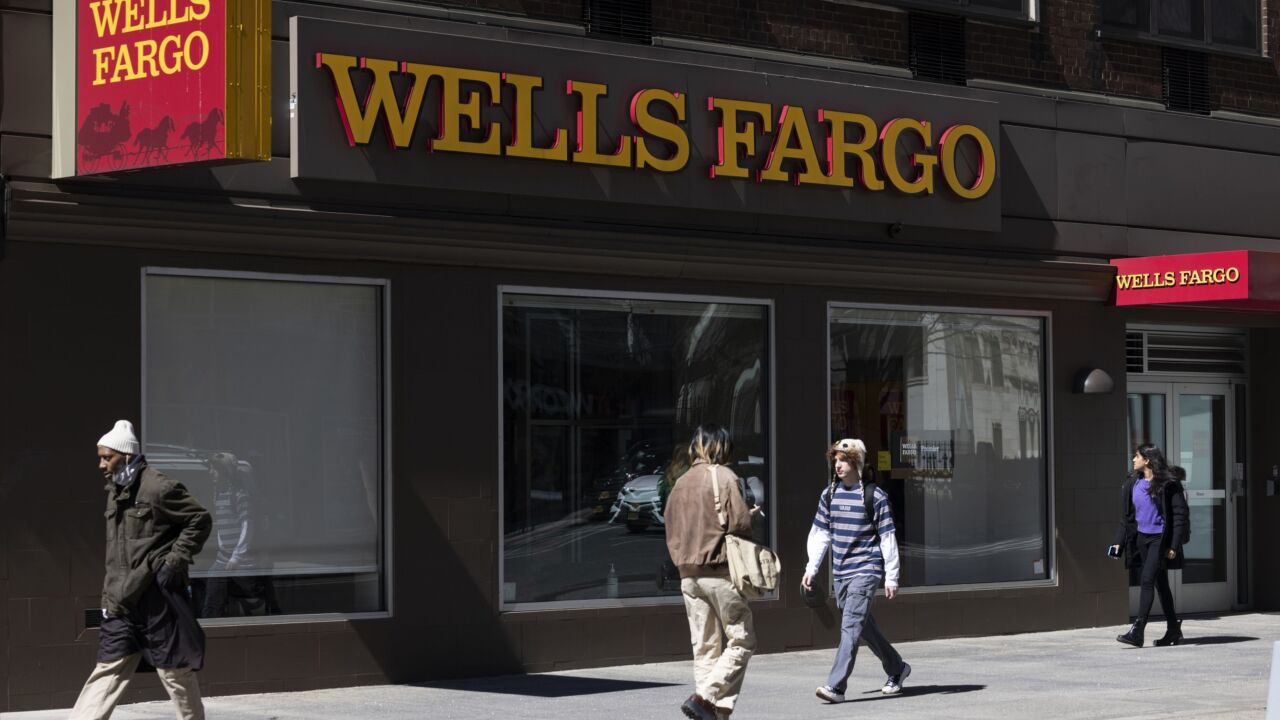We simply have to face the fact that banking is fundamentally risky. As I decided long ago when working in banks, the reason we needed to wear dark suits and have classic buildings was to look conservative in order to offset the real riskiness of what we were doing.
Carmen Reinhart and Kenneth Rogoff, in their book "This Time Is Different," point out that no country in the world has figured out how to avoid periodic crises in banking.
Drawing from Reinhart and Rogoff’s very long published list of banking crises, we find that in the century between 1901 and 2000, there was a banking crisis started in one or more countries (often in many simultaneously) in more than half of the 100 years! This period obviously does not include the great international banking crisis of 2007-9, now rekindled in Europe from 2010-?, and looks instead back to a century of "good old days."
So let us consider the entire 20th century, in which there were both vast catastrophes and amazing progress, in which a great many things changed dramatically, but in which the record shows the continuing tendency of banking to crisis.
In 54 of the years of the 20th century, a banking crisis started somewhere. These crises involved scores of countries. What a record!
Obviously, it is normal to have banking crises. They were especially frequent in the last three decades of the 20th century (let alone the first decade of the succeeding 21st century!). The 1980s and 1990s have the distinction of having had 100% of their years feature crises starting somewhere. Is there group learning in banking? If so, it is not observable on this list.
You will have noticed that the different decades were the 1940s, 1950s and 1960s. In the 1940s countries were busy destroying each other, which required running up government debt in service of the war with no questions asked and using the banks to help do so. The disaster was unimaginably greater than a mere financial crisis, and was followed by the disappearance of the old governments and currencies of the losers, the financial exhaustion of a victorious but bankrupt Britain and then the anomalous postwar era of U.S. hegemony, which allowed it to bail out Europe with the Marshall Plan.
In the 1950s, the U.S. economy, its financial markets and banking system, U.S. companies and the U.S. dollar enjoyed global dominance — a unique historical period bound not to last. It was fading in the 1960s and gone by the 1970s, which began with the U.S. abrogating its international commitment to redeem dollars for gold and the steep depreciation of the dollar. The normal round of banking crises returned and has not departed — indeed, it has accelerated.
What is it about banking? It seems pretty straightforward. First, since banks promise to make everyone else liquid by par redemption of short-dated liabilities, they are themselves fundamentally illiquid and cannot on their own survive a liquidity panic. "Against such panic," as the classic economist David Ricardo wrote, "banks have no security on any system." Second, banking is the most leveraged of businesses. The great banking theorist Walter Bagehot pointedly observed, "The main source of the profitableness of established banking is the smallness of the requisite capital."
Add together fundamental illiquidity and smallness of capital, and what have you got? Usually a banking crisis somewhere.
Alex J. Pollock is a resident fellow at the American Enterprise Institute in Washington. He was president and CEO of the Federal Home Loan Bank of Chicago from 1991 to 2004.
[IMGCAP(1)]





